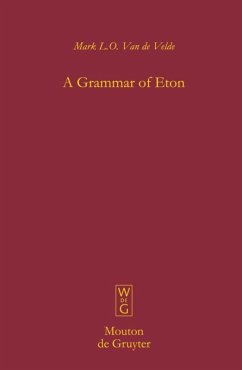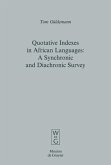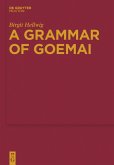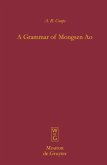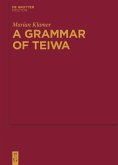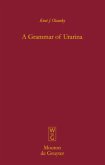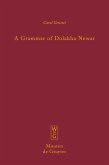A Grammar of Eton is a full grammatical description of the Cameroonian Bantu language Eton, spoken just north of the capital Yaoundé. It is entirely based on original fieldwork, since Eton has no written tradition and had never been studied before. This study provides an analysis of Eton's sound structures and of the structure of words and clauses, both simple and complex, complemented by a lexicon and a small collection of texts.
A Grammar of Eton is the first description of the Cameroonian Bantu language Eton. It is also one of the few complete descriptions of a North-western Bantu language. The complex tonology of Eton is carefully analysed and presented in a simple and consistent descriptive framework, which permits the reader to keep track of Eton's many tonal morphemes. Phonologists will be especially interested in the analysis of stem initial prominence, which manifests itself in a number of logically independent phenomena, including length of the onset consonant, phonotactic skewing and number of tonal attachment sites. Typologists and Africanists working on morphosyntax will find useful analyses of, among others, gender and agreement; tense, aspect, mood and negation; and verbal derivation. They will encounter many morphosyntactic differences between Eton and the better known Eastern and Southern Bantu languages, often due to evolutions shaped by maximality constraints on stems. The chapters on clause structure and complex constructions provide data hardly found in sources on the languages of the region, including descriptions of non-verbal clauses, focus, quasi-auxiliaries and adverbial clauses.
A Grammar of Eton is the first description of the Cameroonian Bantu language Eton. It is also one of the few complete descriptions of a North-western Bantu language. The complex tonology of Eton is carefully analysed and presented in a simple and consistent descriptive framework, which permits the reader to keep track of Eton's many tonal morphemes. Phonologists will be especially interested in the analysis of stem initial prominence, which manifests itself in a number of logically independent phenomena, including length of the onset consonant, phonotactic skewing and number of tonal attachment sites. Typologists and Africanists working on morphosyntax will find useful analyses of, among others, gender and agreement; tense, aspect, mood and negation; and verbal derivation. They will encounter many morphosyntactic differences between Eton and the better known Eastern and Southern Bantu languages, often due to evolutions shaped by maximality constraints on stems. The chapters on clause structure and complex constructions provide data hardly found in sources on the languages of the region, including descriptions of non-verbal clauses, focus, quasi-auxiliaries and adverbial clauses.
"This monograph is an admirable piece of work."
Picus Sizhi Ding in: Linguist List 22.1573
"Insgesamt handelt es sich um einen wertvollen deskriptiven Beitrag zu einer noch immer wenig beschriebenen Gruppe des Bantu. Die vielen exzellent präsentierten Beispiele und das u. a. online verfügbare zusätzliche Material dürften künftige komparative Arbeiten sehr erleichtern und ausgesprochen anregend für weitere Forschungen sein."
Anne Storch in: Orientalische Literaturzeitung 105 (2010) 4-5
Picus Sizhi Ding in: Linguist List 22.1573
"Insgesamt handelt es sich um einen wertvollen deskriptiven Beitrag zu einer noch immer wenig beschriebenen Gruppe des Bantu. Die vielen exzellent präsentierten Beispiele und das u. a. online verfügbare zusätzliche Material dürften künftige komparative Arbeiten sehr erleichtern und ausgesprochen anregend für weitere Forschungen sein."
Anne Storch in: Orientalische Literaturzeitung 105 (2010) 4-5

